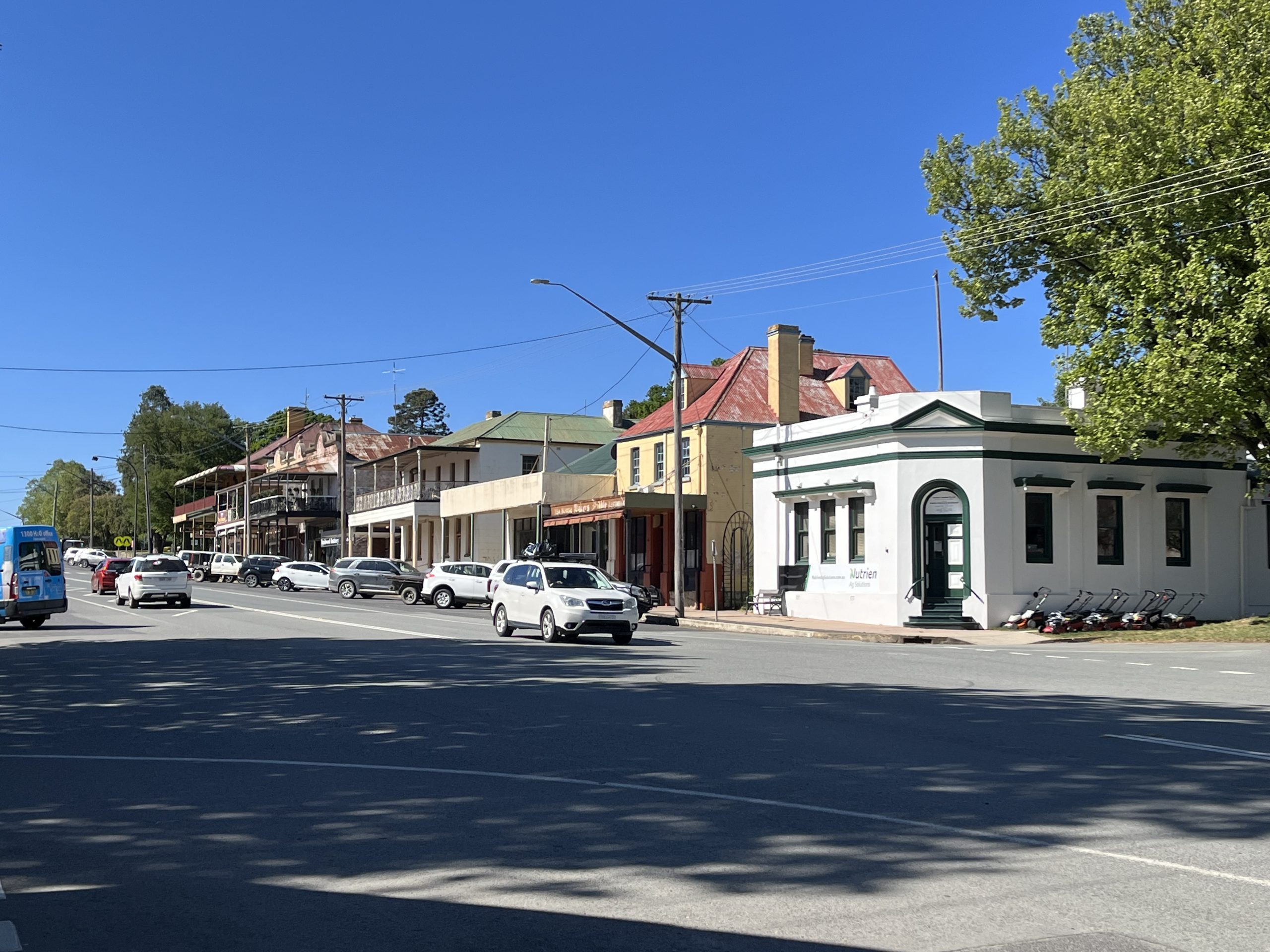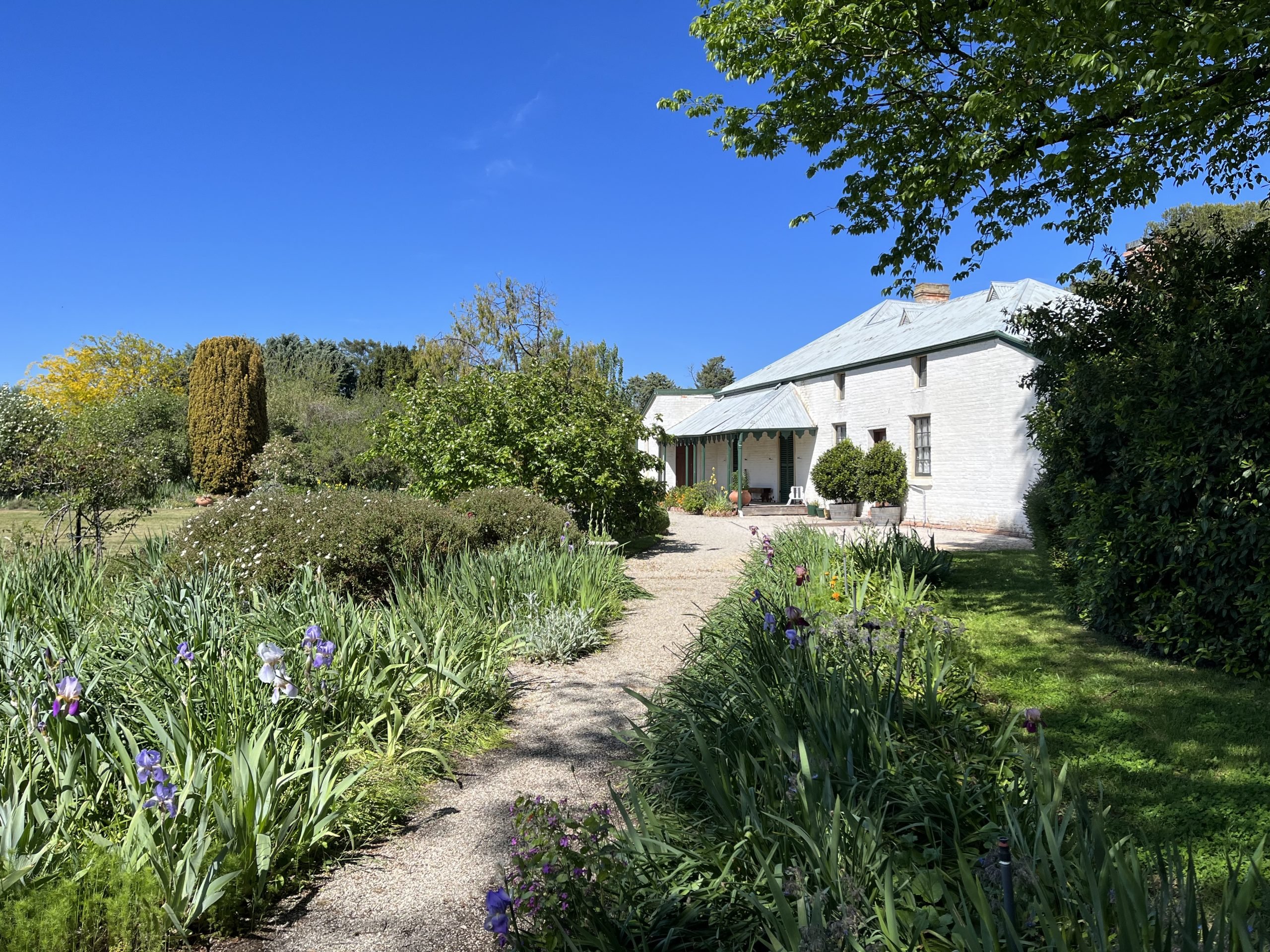Heritage can sometimes be incorrectly blamed for getting in the way of progress. We set the record straight on a number of heritage myths in NSW.
By Charlotte Anlezark, National Trust Conservation Officer. Adapted from the National Trust Victoria’s Heritage Myth busting article.
Heritage has been a contentious topic in NSW this year, with the implementation of the Transport Oriented Development program and low and mid-rise housing reforms putting the spotlight on accelerated development inside historic suburbs. When considering how we can create more homes in NSW by way of infill development, heritage can sometimes be incorrectly blamed for getting in the way of progress. Heritage Conservation Areas, in particular have been put under much scrutiny.
Heritage is as much about change, and how we manage our evolving community values and needs into the future, as it is about preservation. Heritage places are protected through our planning system because they are valued by communities and contribute to our sense of place and identity.
The National Trust (NSW) has noted that numerous bodies, including the NSW Productivity Commission, have argued that heritage protections are contributing to the housing crisis, by locking up developable land. The National Trust’s position is that what is in fact required are good planning outcomes. The National Trust is determined to set the story straight on local heritage controls and explain what they mean for property owners.
Myth 1: Heritage controls will restrict development
Heritage controls exist in two formats at a local government level. An individual property may be heritage listed, meaning that the site is important on an independent and individual level (e.g. a unique Federation house and garden), or a place might be included in a Heritage Conservation Area (HCA) which outlines a precinct populated with a number of properties that together create a distinct urban character (e.g. the terraces of Paddington). Both will be subject to planning controls, depending on the type of listing.
Contrary to popular belief however, heritage controls do not stop property owners from modifying or extending their properties.
Heritage controls do not prohibit development, subdivision, or even in some cases demolition of a property. Heritage controls establish an approvals process, to ensure that any changes to a protected place consider and are respectful of its recognised heritage values.
There are many examples across all types of heritage places and municipalities. Approved additions and alterations can be undertaken within a heritage property to retrofit or adapt a place to meet contemporary standards and to make them more liveable or fit for purpose. Going through this process often leads to a more thoughtful approach to change and as a result, better design outcomes.
Positive examples of recent heritage projects are seen every year at the National Trust NSW Heritage Awards, which celebrate high quality heritage work at every scale.
Myth 2: Heritage controls will reduce the value of a property
Despite much research into the matter, the myth that heritage reduces property values still persists. In some scenarios the opposite has been found to be true as areas with heritage controls become more desirable to purchasers due to the ongoing sense of place afforded by local protections. There are always many factors that impact the value of a property such as location, lot size, landscape and condition.
In many cases a place is also sought after because of its individual heritage qualities and architectural style that have been retained due to heritage protections.

Myth 3: Heritage protection increases the financial burden on property owners
Additional maintenance requirements are not enforced in HCAs. Council cannot use a HCA to force a property owner to restore their property to a pre-existing state, be it prior to creation of the heritage protection or prior to the present ownership.
Furthermore, extensive planning permits are not required under the HCA to carry out routine maintenance and repairs which do not change the appearance of a heritage place. There are many exemptions in place to accommodate a building’s upkeep.
While it is true that property owners may face additional costs due to heritage if their plans for renovations or development require a planning permit and, in some cases, contracting a heritage professional. It is also important to remember that all properties, whether old or new, require regular maintenance. Various approval requirements exist for all properties across a varied array of overlays and zoning regulations.
Myth 4: Heritage controls are exacerbating the housing crisis
The National Trust argues that claims that HCAs “lock up land” and restrict urgently needed development opportunities for community growth in the current housing crisis are unfounded.
Heritage controls are in place to ensure a process of considered and respectful change to significant places, and increased housing development can still occur within this framework. HCAs do not ban home extensions, demolition of derelict buildings or suburban infilling. However, each project to change a heritage protected place needs to be considered on a case-by-case basis.
The aim of any HCA is simply to enhance and protect the heritage values of a place and ensure that places the community believe are important are not lost forever. This does not mean heritage properties will be frozen in time, but that regardless of changes, their significant values will be conserved for communities to appreciate into the future.
Many of Sydney’s heritage areas are excellent examples of density done well. Heritage suburbs often feature a range of housing typologies, such as terraces, semi-detached houses and apartment buildings which allow for a diversity of community members with differing budgets and family sizes. These structures are often built around train lines and are well equipped with the infrastructure needed for walkability and easy public transport use. They have been well-planted with vegetation to allow for biodiversity and reduce the heat island effect. When a heritage building becomes disused in these areas, its structure can be re-used rather than demolished. This can also be seen as the best possible environmental outcome. We should be looking towards these places for inspiration of density done well, rather than seeking to replace some of our densest, most vibrant places.
Potts Point features Australia’s densest collection of Art Deco apartment buildings as well as one of the densest populations in NSW. The suburb’s density is not limited by heritage, but rather threatened by development as proposals to replace smaller studio apartment options with luxury large-scale apartments reduces the capacity for both population and diversity in the area. Reduced populations from such consolidation exercises in turn, reduce commercial capacity, community connection and liveability of the place.

Myth 5: Heritage protections are unsustainable and force old buildings that are not fit for purpose to be retained
Maintenance is a necessity for all buildings, regardless of age or heritage controls, to ensure ongoing resilience against weather events, wear and tear and costly repairs in the future. Many of our older buildings are, in fact, incredibly well-built and with regular maintenance will last for many years.
Heritage and the conservation of buildings is also an inherently sustainable practice. Collectively, building reuse and retrofits substantially reduce environmental impacts. Research has shown that when a typical historic building is refurbished and retrofitted, it will emit less carbon by 2050 than a new building.
In conclusion, the National Trust believes that heritage protections, when properly considered and integrated into planning and development, provide an opportunity for thoughtful and innovative design solutions that protect what the community values and provide great places to live, work and play.
The application of heritage protections asks property owners to take on good custodianship on behalf of the community to protect our heritage. The National Trust commends the thousands of local heritage custodians who join with us to preserve the values of locally significant sites for their communities now and into the future.
The National Trust continues to advocate for better funding in relation to heritage, to provide assistance and incentives to heritage property owners and continue to carry out their heritage responsibilities under the NSW Heritage Act 1977 and the NSW Environmental Planning and Assessment Act 1979.

 Twitter
Twitter Facebook
Facebook Linkedin
Linkedin Email
Email
Thanks great to read this Lotte
Having lived in Bath for 12 years, I heartily agree with the bulk of this. My one caveat is that an estate agent friend, who is in a position to know, tells me that heritage listing does still reduce the price of housing here. I expect that to reverse in due course, with heritage listed houses becoming more valuable than ones that are not heritage listed, as is the case in Bath, but I am unclear on when that will happen. His view does not quite contradict yours.
Thank you. We need to get this message out to the public. This could be done in some measure by sending this to Real Estate agents.